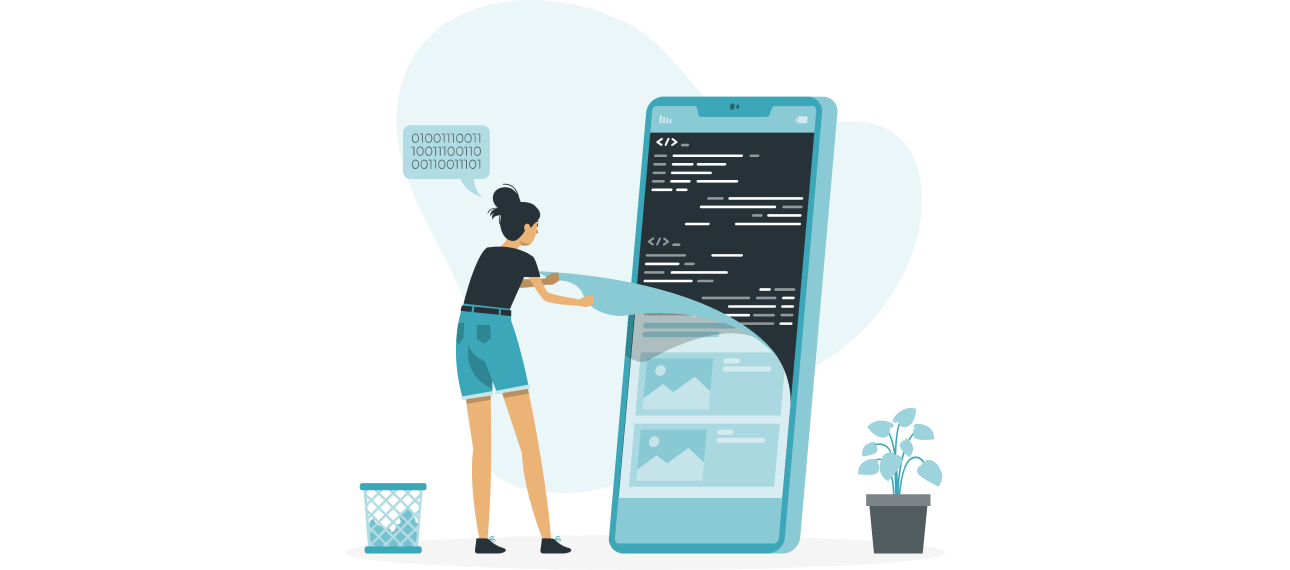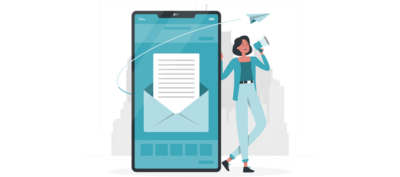
4 benefits of triggered emails and how to set them up
4 benefits of triggered emails and how to set them up
Triggered emails are automated emails that are sent to subscribers based on specific actions or events, such as sign-ups, purchases, or website visits. These emails are highly targeted and personalised, making them more effective at driving engagement, conversions, and revenue than generic promotional emails. In this blog, we will discuss the benefits of triggered emails and how to set them up.
Benefits of Triggered Emails
1. Increased Relevance
Triggered emails are highly relevant because they are based on the subscriber’s behaviour or interests. This can increase engagement and drive conversions because subscribers are more likely to respond to messages that are personalised and relevant to their needs.
2. Time-Saving
Triggered emails are automated, which means that once they are set up, they require little to no manual intervention. This can save businesses time and resources while still delivering effective marketing messages to their subscribers.

3. Increased Conversions
Triggered emails are highly targeted and personalised, making them more effective at driving conversions than generic promotional emails. By delivering relevant messages at the right time, businesses can increase the likelihood of subscribers taking action, such as making a purchase or signing up for a service.
4. Better Customer Experience
Triggered emails can provide a better customer experience by delivering personalised, relevant messages that meet subscribers’ needs and expectations. This can increase customer satisfaction and loyalty, leading to repeat purchases and referrals.
How to Set Up Triggered Emails:
1. Identify Your Trigger
The first step in setting up a triggered email is to identify the trigger, which is the event or action that will initiate the email. This could be a sign-up, a purchase, or an abandoned cart, among other things.
2. Define Your Email Content
Once you have identified your trigger, you need to define your email content. This should be personalised and relevant to the subscriber’s behaviour or interests. It could include a welcome message, a confirmation, a discount offer, or a product recommendation, among other things.
3. Choose Your Email Marketing Platform
To set up triggered emails, you need an email marketing platform that supports automation. Circulator helps clients to create the most effective automations for their business and offers many other custom solutions that your business can benefit from.
4. Set Up Your Workflow
Once you have chosen your email marketing platform, you need to set up your workflow. This involves mapping out the sequence of emails that will be sent based on the trigger, as well as the timing and frequency of the emails.

5. Test and Optimise
Once your triggered emails are up and running, it’s essential to test and optimise them continually. This involves monitoring key metrics, such as open rates, click-through rates, and conversions, and making adjustments to improve performance.
In conclusion, triggered emails offer many benefits for businesses, including increased relevance, time-saving, increased conversions, and better customer experience. By identifying your trigger, defining your email content, setting up your workflow, and testing and optimising, you can set up triggered emails that drive engagement, conversions, and revenue for your business.
At Circulator, we specialise in digital customer communication and email automation and help companies to grow. If you need any assistance with setting up your triggered emails please don’t hesitate to contact us.
Learn more about our products and services and how we help our clients build effective email campaigns and achieve the best mail marketing results.






